The Evolution of Liquid Cooling Technologies in Data Center
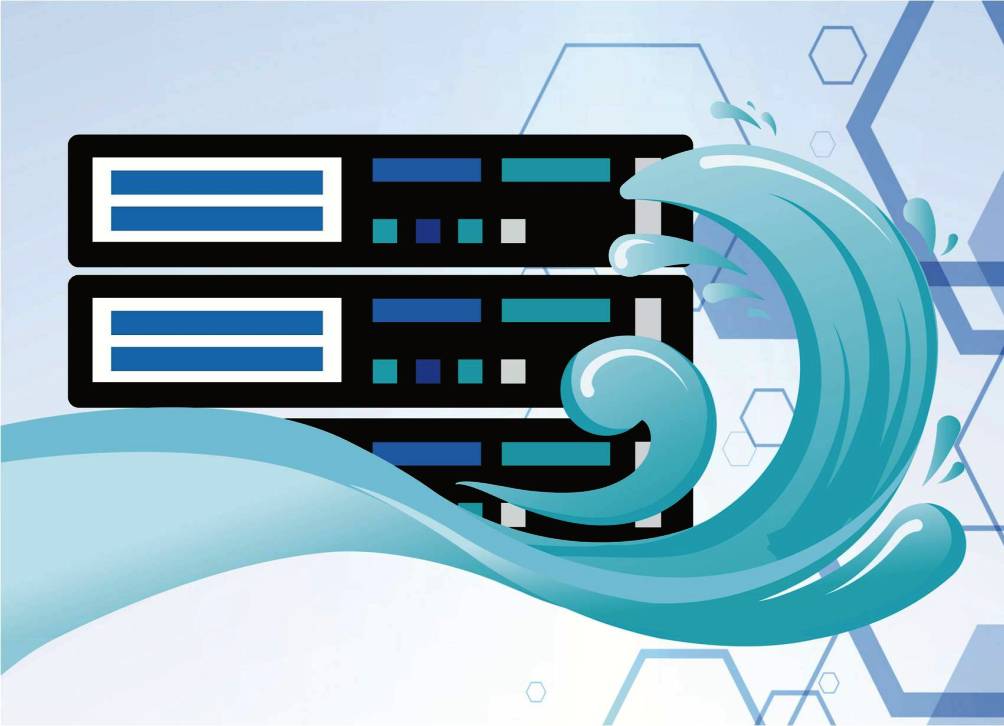
Data Centers consist of various mission-critical equipment like servers, UPS systems, batteries, AC & DC power units, and a cooling system to ensure smooth operations of everything else. Cooling technology is a key component in data center infrastructure which keeps the equipment from overheating. To transfer heat away from the IT equipment a continuous and reliable cooling system functions 24*7, with the simple aim of heat removal by utilizing a minimum amount of energy.
The overhaul of all the new technology has brought about changes in the data center infrastructure. And just like the data center, cooling technologies have also undergone a massive change. This seems only fitting as cooling technologies consume more than 30% of the energy in a data center and see a lot of research and innovation. For a data center, the choice of cooling method depends on various factors, OPEX and CAPEX being the most important factor for most businesses. A lot of modern data centers are seen moving towards a new technology of cooling – Liquid Immersion Cooling.
The move to immersion is not just limited to reducing costs and choosing the green alternative. The fact is, other cooling methods cannot cater to the needs of a modern data center with rising rack densities. Additionally, immersion cooling offers multiple big and small benefits like increasing the shelf life of the equipment, catering to a rack capacity of 100 kW per rack, etc. These advantages convert into multiple monetary benefits for the user, sooner and later.
With my multiple posts earlier, I have already established the fact liquid cooling is always a better option than air cooling, especially liquid immersion cooling, which is turning out to be the latest and the best technology available for data center cooling. Let me walk you through the different generations of cooling technologies in a data center. While doing that I also want to compare them with Immersion Cooling and share the thought process we had when we, at Prasa, decided to bring the technology to India.
Generation 1 – CRAC (Computer Room Air Conditioner) and CRAH (Computer Room Air Handler)
The first generation of cooling uses mechanical refrigeration from CRACs and CRAHs to cool the air entering the data center. This process utilizes a lot of energy and will not be enough for the racks with higher density.
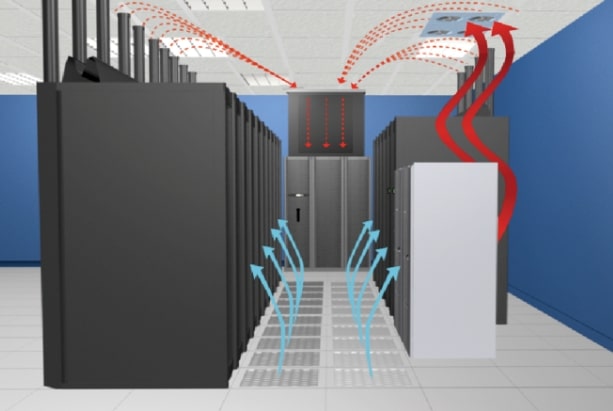
Generation 2 – In-row Cooling
In-row cooling involves cooling up each row of server racks, by placing the cooling units between two rows. The temperature can be brought down with the use of cool air or chilled water. Chilled water is required for the racks with loads more than 35kW, which in itself is expensive. In-row cooling systems additionally require fans to push the cool air around the room, which is an additional cost.
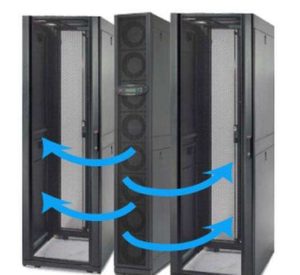
Generation 3 – RDHx (Rear Door Heat Exchangers)
RDHx (Rear Door Heat Exchangers) are typically used for a little higher density of compute applications. It involves radiator-like doors with tubes of chilled water that are attached at the back of the racks. But if you are like most people, water near expensive equipment can make you uncomfortable with overhead conductive water and leaks.
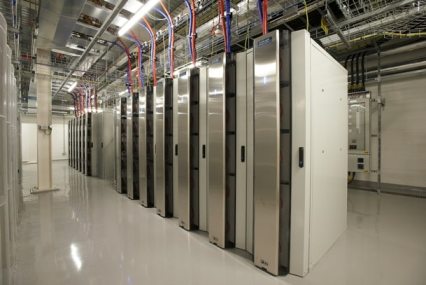
Generation 4 – Cold Plate
In the Cold Plate cooling method, the CPU chip in the server is cooled by attaching a liquid-cooled module directly on top of the CPU. The coolant is delivered via pipes directly to the cold plate. This method can show multiple failure points, as it is not complete and still requires air cooling or chillers which are expensive. Also, the sever refresh involved is costly and complex.
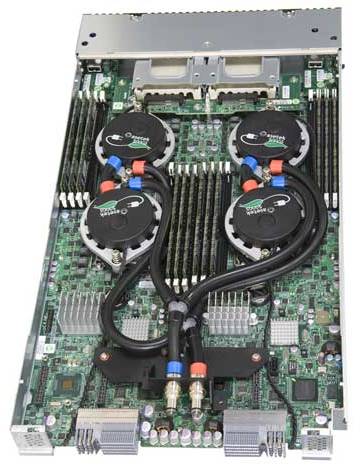
Generation 5 – Liquid Immersion Cooling
Liquid immersion cooling technology involves placing the entire data center equipment (including CPU, memory, hard drives, network cards, and every single component of the server) in a bath of non-flammable, non-conductive, dielectric fluid, which absorbs the heat from the system and prolongs the life of the equipment by eliminating pollutants.
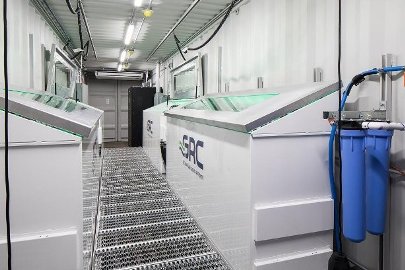
This method of cooling has not seen any downside yet. The low OPEX and CAPEX it offers along with very low PUE for the data center are already making it an obvious choice amongst data center managers. Every new generation brings cooling closer to the heat source. Immersing it in a coolant seemed like the apt step for the next generation of technology, which has to cater to much higher power density per rack.


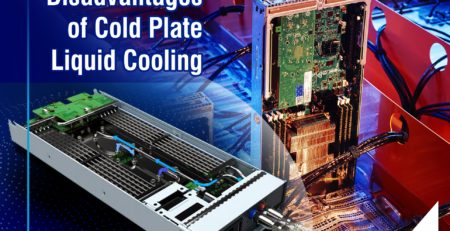






Leave a Reply